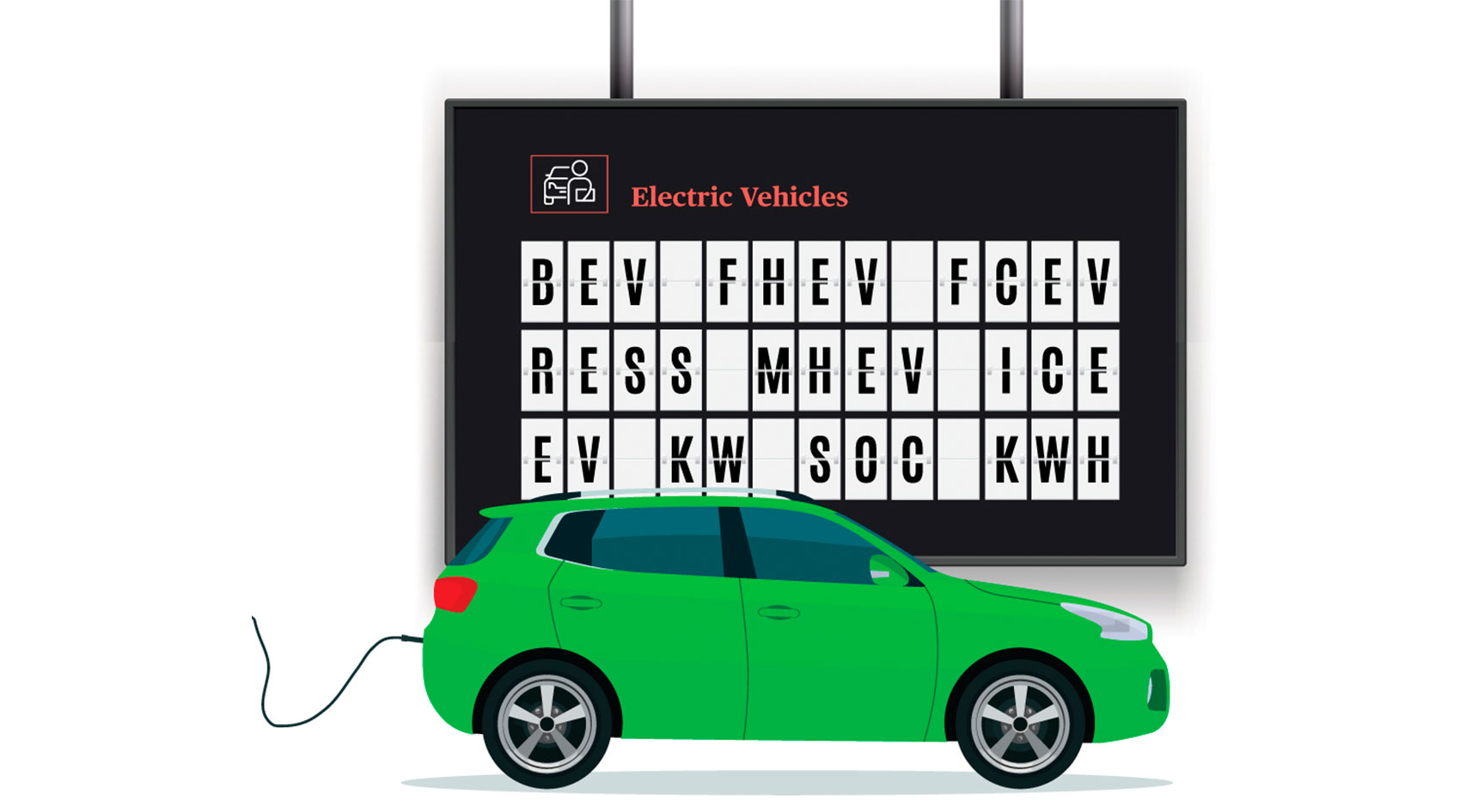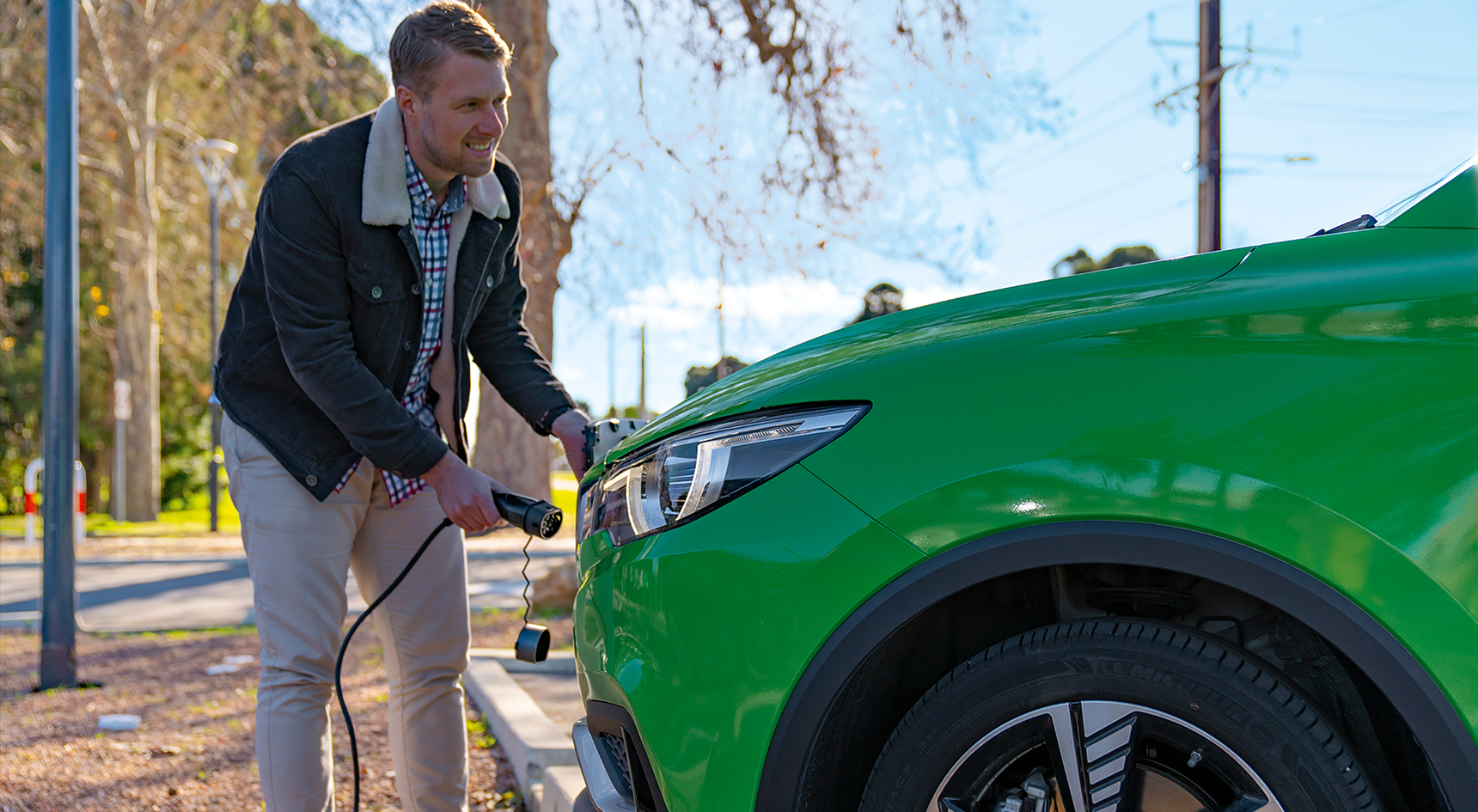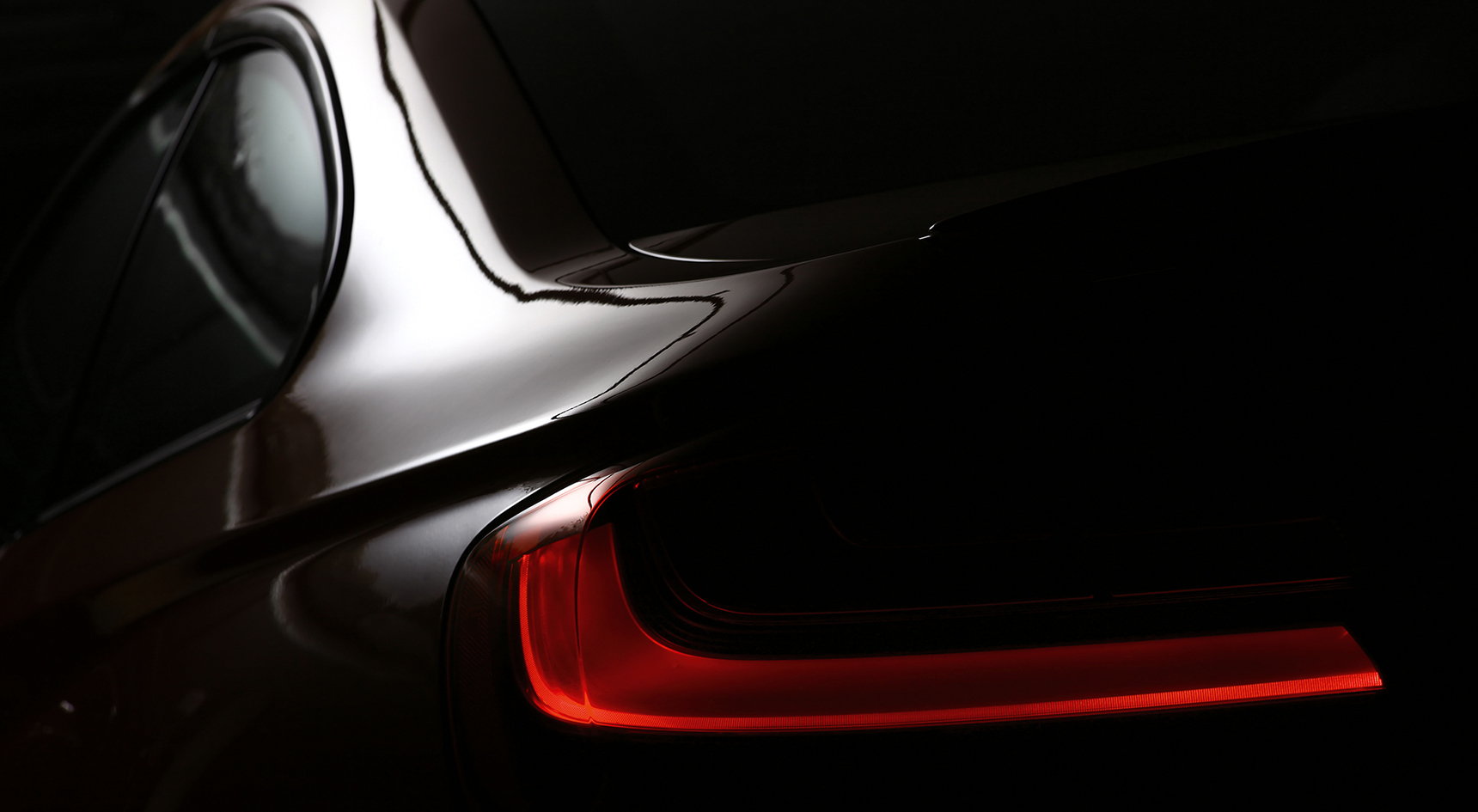EV glossary

Don’t know the difference between a PHEV and EV?
Wondering what ICE has to do with your car running?
Trying to work out why your car needs a SOC and if this has something to do with keeping its feet – we mean tyres – warm?
We break down the jargon in this electric vehicle glossary to make the electrified future easier to navigate.
Love them or hate them, electric vehicles (EVs) are here to stay. With super quiet motors and quick acceleration speeds, it’s no surprise these cars of the future have crept onto our roads and started driving towards the horizon of a low-emission, electrified future faster than we can yell “$2 per litre”.
Reports suggest that EV sales will account for a little under 50 per cent of all new-car sales globally by 2030. Fourteen countries are leading the way, phasing out internal combustion engines (ICE) within the next decade. Manufacturers are following suit with targets of becoming fully electric by a similar timeline.
While Australia may be lagging behind the convoy, there’s no doubt on a state level, we’re going to see more and more EVs taking to the blacktop as an EV network starts to roll out across South Australia. It’s safe to say that EV ownership will become more accessible, forcing petrol and diesel-fuelled engines toward the fate of the horse and cart.
With that in mind, we need to get comfortable with the quiet motors, the plugged-in replacements of refuelling, and the abundance of acronyms that come with this new way of getting around. Want to know what it’s like driving an EV? Watch it here. RAA Future Mobility Specialist Simon Halford helps us break down the acronyms and jargon to help make the future of the unknown, a little more known.

BEV – Battery electric vehicle
A BEV is a vehicle that’s 100 per cent driven by an electric motor(s) and stores power in a large rechargeable high voltage battery (RESS). It doesn’t use an internal combustion engine (ICE). A BEV can also regenerate electricity under braking and while coasting down hills to extend its overall driving range.
EV – Electric vehicle
Meaning electric vehicle, this commonly used acronym has become an umbrella term to classify several vehicle types. The simplest definition is that an EV is a vehicle that uses some form of electrification of its driveline to improve efficiency, increase fuel economy and decrease or eliminate tailpipe emissions.
FCEV – Fuel cell electric vehicle
Similar to battery electric vehicles (BEV), a fuel cell electric vehicle (FCEV) uses an electric motor instead of an internal combustion engine (ICE) to power the wheels. However, while BEVs run on batteries that must be plugged into recharge, FCEVs generate their own electricity. Hydrogen gas, stored in the vehicle’s tanks, combines with oxygen to generate electricity within a fuel cell. The generated electricity is used to drive the electric motor, with the only emissions being water and heat, which are by-products of the process.
FHEV – Full hybrid
Full hybrid vehicles have been around since the first Toyota Prius was released in Australia in 2001. In its true sense, a FHEV still has an internal combustion engine (ICE), however, it also has an electric motor or generator and a high-voltage battery (RESS). The vehicle can start the ICE while in gear and run on the ICE or electric motor(s) independently. It charges the high voltage battery by using the combustion engine and is also able to regenerate electricity back to the RESS when the vehicle is braking or coasting downhill. Although a FHEV can drive on the electric motor alone, it’s usually only for short distances at city commute speeds.

ICE – Internal combustion engine
This is the descriptor for a traditional combustion engine that uses a consumable fuel source such as petrol, diesel, or LPG.
kWh – Kilowatt hours
This is the unit of measure for an EV’s battery size. Essentially, the higher the kWh, the more electricity the battery can store.
kW – Kilowatt
Kilowatt (kW) is the unit used to measure the power of an electric motor. If you’re looking for a powerful car that’ll accelerate quickly, then you want a vehicle with a higher kW rating.
MHEV – Mild hybrid
Another relatively new term on the scene, these vehicles, also referred to as partial hybrids, use conventional combustion engines, which are assisted by an electric motor or generation to help reduce emissions and improve fuel economy. In most cases, a MHEV will use a low-voltage battery (RESS) of up to 48 volts. Although the car is always being propelled by the combustion engine, improvements are made to efficiency by removing as much load off the engine as possible. This is done with the use of electric turbochargers, electric steering, electric water pumps, electric air conditioning compressors and stop-start technology. The vehicle can also regenerate power back into its RESS when braking or coasting downhill.
PHEV – Plug-in Hybrid Vehicle
A plug-in hybrid vehicle (PHEV) is the same as a full hybrid (FHEV) however the high-voltage battery (RESS) can be charged from either the internal combustion engine (ICE) or by plugging the car into an external power supply. They usually have a bigger high-voltage battery and can drive much further on electric power alone before the ICE kicks in.

Regenerative braking
An electric car can use its motor to slow down, even when you put your foot on the brake. When this occurs, the motor feeds energy back into the car’s battery, which is called regenerative braking. This is a point of difference when driving an electric vehicle (EV). Take your foot off the accelerator in an EV and you’ll notice the car slows its pace more aggressively than a combustion engine vehicle.
RESS – Rechargeable energy storage system
A term that’s relatively new to motoring vernacular, rechargeable energy storage system (RESS) is used to describe an electric vehicle’s main power supply battery. A RESS can be either high or low voltage. To be considered high voltage, the RESS must have over 50 Volts AC or 120 volts DC.
SOC – State of charge
You’re reading your new car’s handbook, which keeps referring to the SOC. This is where you find how much charge there is left in your car’s battery. Most cars will also tell you how far this will get you.
DO YOU NEED CAR ADVICE?
RAA members can call our free Car Advice Service for answers to their car questions.
Or call 8202 4689

